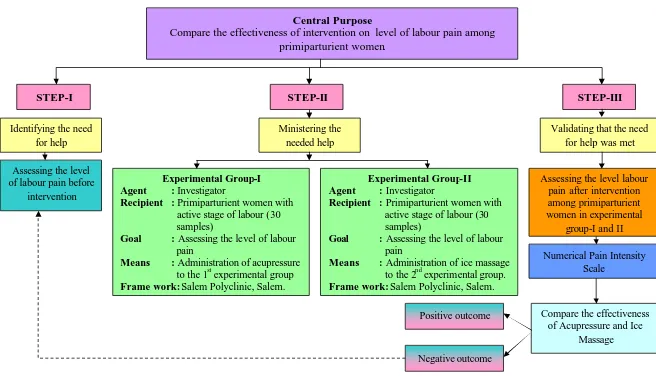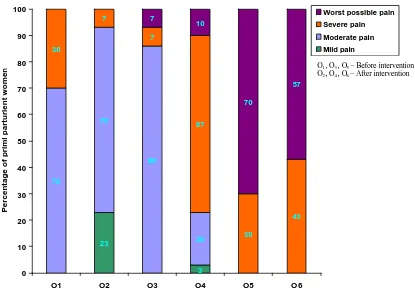Effectiveness of acupressure vs ice massage over meridian point on labour pain in primiparturient women during first stage of labour at a selected hospital, Salem.
Full text
Figure




Related documents
Interestingly, acy- lation also affected the subcellular distribution of NSP1, since only the palmitoyolated NSP1 was associated with the surface extensions of HeLa cells (10),
The anti-inflammatory activity of Karisalankanni churnam ” was studied in healthy albino rats weighning 100-150gm. Nine rats were collected and divided into three groups
5, progeny of all replica- tion-competent vector constructs in group I retained the 5⬘- proximal p29 coding region upstream of the Bam HI site at position 562 used for foreign
Refers to care of preterm babies, given or assisted with fathers it includes specific aspects of thermoregulation, skin care , eye care , umbilical cord
¾ There is no significant effect of glenohumeral mobilization and exercises combined with scapular taping on pain and function in patients with sub- acromial impingement
(iv) The proteins contained in bands 1 to 6 and band A could not be detected in lysates of cells transfected with the plasmid containing substitutions of both the first and
We describe a replication-competent, recombinant vesicular stomatitis virus (VSV) in which the gene encoding the single transmembrane glycoprotein (G) was deleted and replaced by an
To determine whether the 37-kDa protein detected by KS-positive human sera was encoded by the K8.1 gene, we attempted to deplete K8.1-specific antibodies from the KS-positive human




